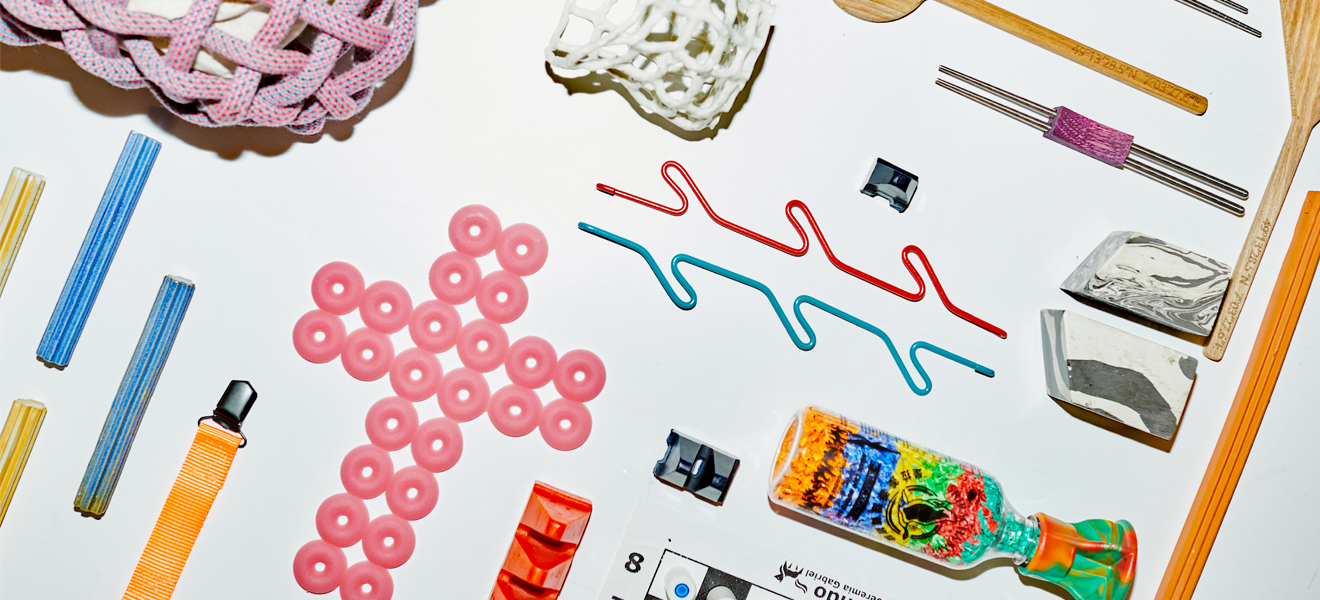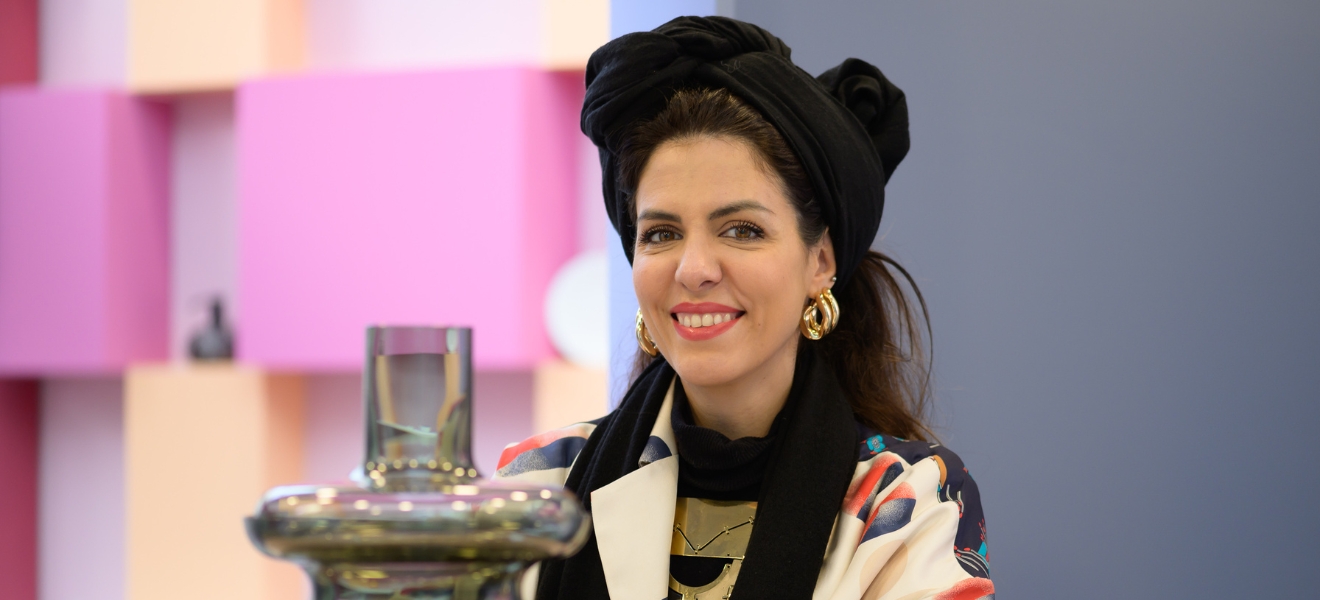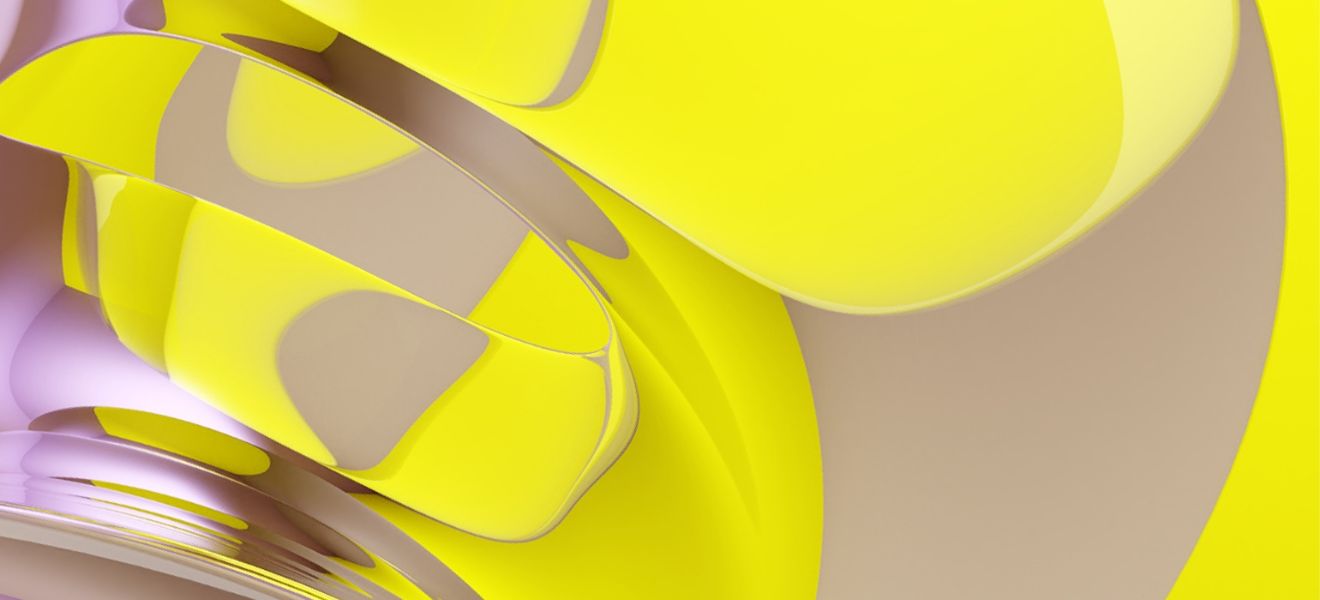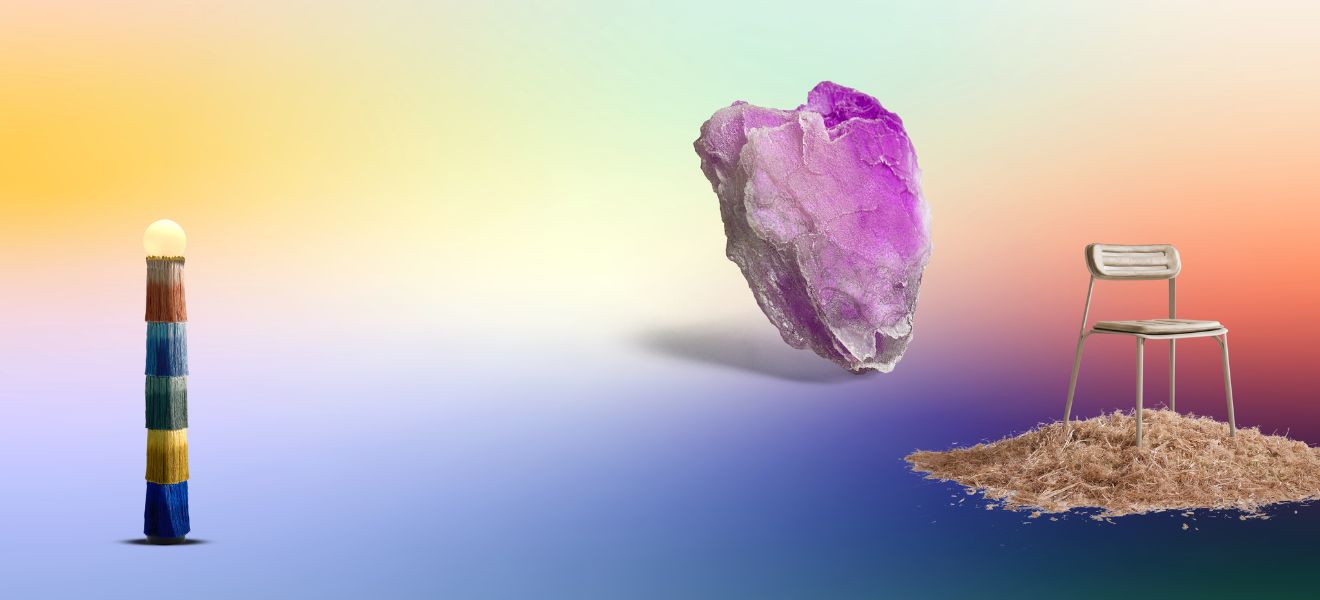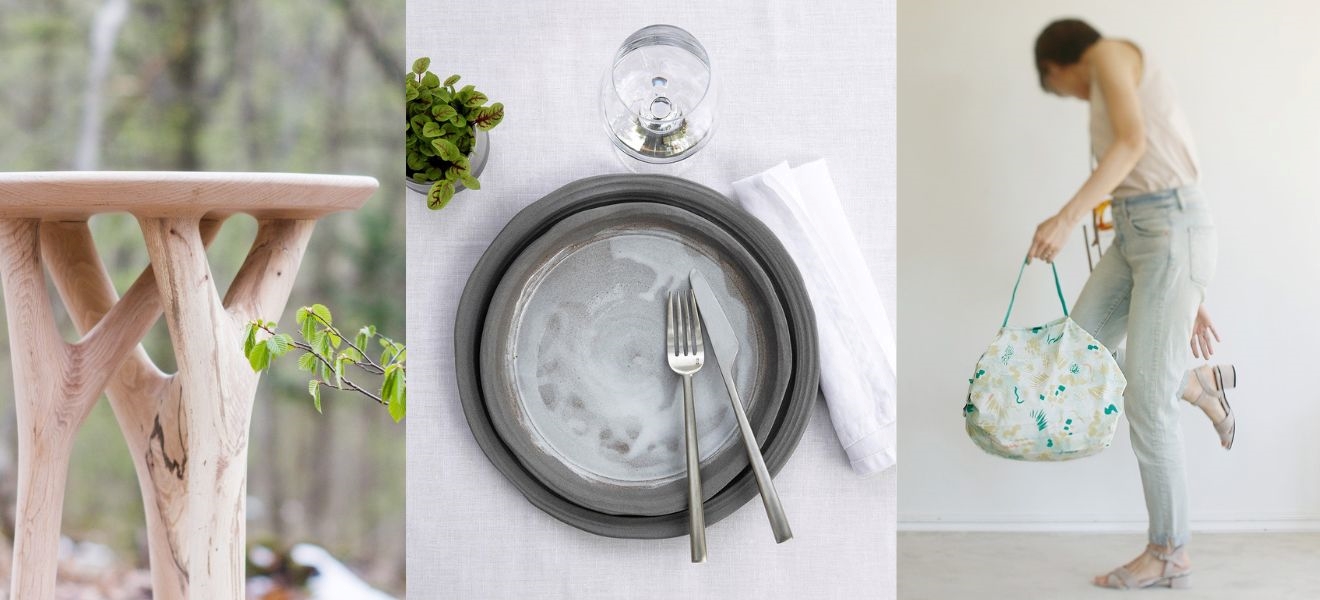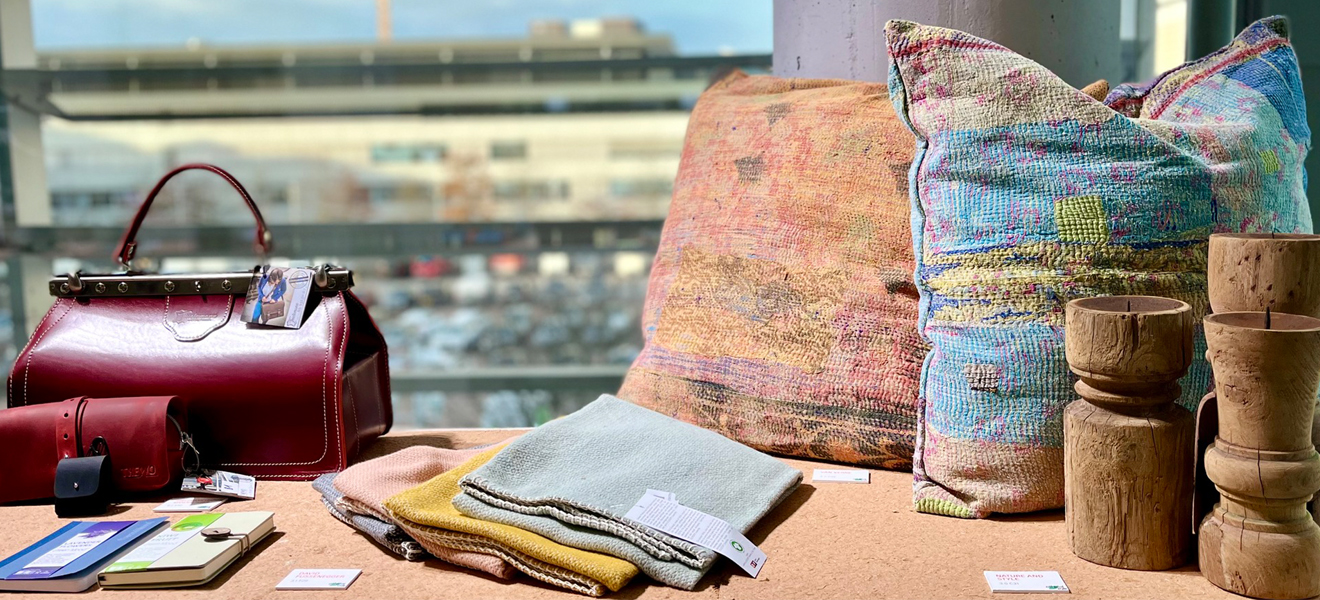“Portugal has the potential to become the California of Europe,” said Claus Sendlinger recently – and, as a travel guru and founder of Design Hotels AG, he should know. We can feel it too: Portuguese design is on the up. Its blend of traditional crafts and modernity goes beautifully with other styles and is simultaneously innovative, sustainable and aesthetically pleasing.
Individual style is in
Our interiors are blooming colourfully again after the gradually fading interior trend of cuddly comfort. Let’s embrace this change in direction. Why not style it how you feel it? The main thing is to keep it interesting.
Many manufacturers from Portugal provide valuable inspiration for this latest trend. They offer a huge range of products, experimenting with clear shapes and colours, with graphic elements as well as traditional patterns – they mix the past with the present. Porcelain created by manufacturer Costa Verde shows that Portuguese style can be even combined with Scandinavian design.


2 Plate by Vista Alegre
3 Salad bowl by Fapor
4 Carafe by Cutipol
5 Mug by Ceramirupe
6 Plates by Costa Verde
2 Plate by Vista Alegre
3 Salad bowl by Fapor
4 Carafe by Cutipol
5 Mug by Ceramirupe
6 Plates by Costa Verde
Mixing styles for the right ambience
Even Christian Louboutin is inspired by Portugal, and a few weeks ago presented this season’s loveliest, handiest beach bag. It’s called the Portugaba and boasts intricate craftwork and lots of detailing based on traditional techniques from various Portuguese regions.

We’re especially excited to see how well Portuguese design goes with other styles – it always brings a pleasant surprise. Hence Lisbon’s Hotel Altis Avenida blends opulent, Renaissance-style living accessories with a modern touch, while Restaurant Infame couples industrial flair with understated retro colours from the 70s.


New-look nostalgia
Designs with lashings of kitsch – which we thought only appealed to older generations – are back on the table. These robust Portuguese ceramic dishes with natural motifs fit the trend nicely – perhaps an original, artichoke-shaped plate or a hollowed-out-cabbage dish. Avida Portuguesa produces real retro decorative gems, too. This charming boutique, with branches in Lisbon and Porto, sells handmade pottery, glazed plates, wooden chopping boards, colourful baskets and much more besides.



Cork plays a starring role
Portugal really stands out for one of its natural products, from which one of the country’s major industries has emerged: cork. One third of the world’s cork production comes from cork oaks growing in forests in the Alentejo. It’s only natural, and traditional, for Portuguese designers to use cork – just as designers in northern Europe use wood. Many producers place cork centre stage, cleverly combined with functional materials in minor roles, using their skills to make subtly nuanced products. Cork has excellent insulation properties, so it is often combined with other materials for the kitchen and dining room, be it as an egg cup or pot, or on cutlery.
2 Box by Idealsoles
3 Egg cups by 3DCork
4 Pot by Grestel
2 Box by Idealsoles
3 Egg cups by 3DCork
4 Pot by Grestel
Vegan all-rounder
Cork is also well known and loved internationally. This natural Portuguese product is now exported to some 150 countries. Cork is used for bottle stoppers, which remains the major use for this material, but it is also increasingly popular for construction purposes. The international fashion and furniture worlds have now also discovered this raw material: cork miniskirts, handbags, shoes and seat covers all make for nature-friendly alternatives to conventional materials. Cork is repeatedly referred to as the 21st-century, vegan replacement for leather.
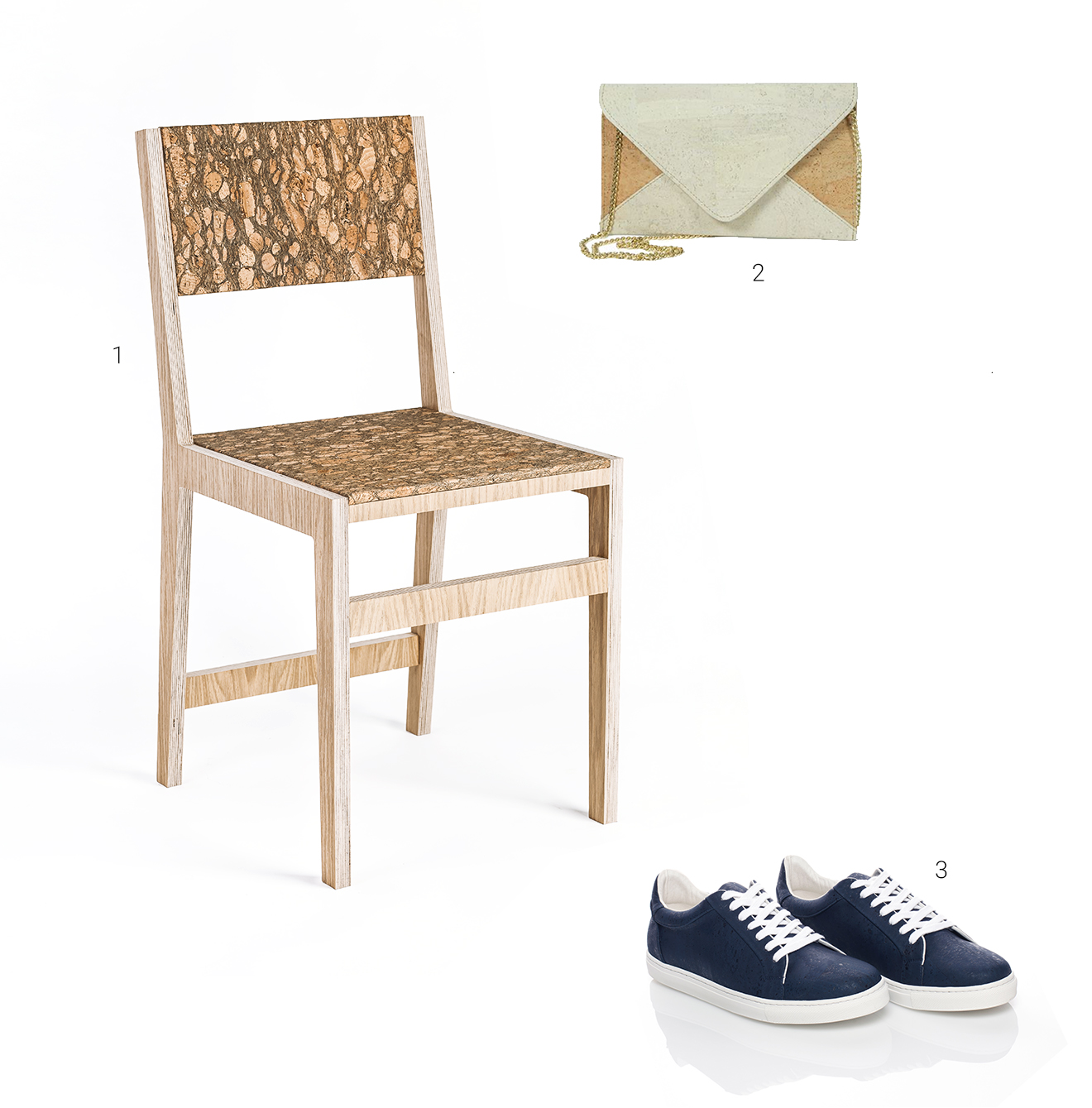
2 Handbag by Corticeira Viking
3 Shoes by Marla Pais
Beautiful, naturally
Portugal is a treasure trove for lovers of environmentally friendly products: Crisbase for example has lovely-shaped lamps made of recycled glass, in a panoply of colours. Value Ceramic glazes its ceramics with a wood effect, and label Flam&Luce has even designed a table lamp made from branches which have washed up on the riverbank.



Traditional values, new markets
Portuguese products are bang on trend, not least because their designers constantly find inspiration in their national design DNA. Increasing numbers of traditional Portuguese companies are winning over the international market with this approach. The label Raphael Bordallo Pinheiro, which specialises in ceramics shaped like regional animals, vegetables and fruit, opened two shops in central Paris in the space of just four months. Among other items, you can buy the national favourite dish codfish, as a handmade ceramic design. The brand Claus Porto has had a shop in New York since last year, selling fragrances which have been made in Portugal for over 130 years. Many small manufacturers from Portugal are very inventive when packaging their produce: Castelbel wraps soap in beautiful paper, and S. Bernardo envelops its vases in an exotic glaze.

2 Codfish figure by Bordallo Pinheiro
3 Soap by Castelbel
4 Diffuser by Castelbel
5 Box by Arfai
2 Codfish figure by Bordallo Pinheiro
3 Soap by Castelbel
4 Diffuser by Castelbel
5 Box by Arfai

Insider tips for your next holiday
For a taste of the authentic Portuguese style, treat yourself to a stay at the boutique Torre de Palma Wine Hotel. This magnificent manor house away from the busy coastal regions belongs to the famous international Design Hotels group and serves up the finest regional architecture and interiors. For a more modern feel, visit Lisbon’s Museum of Art, Architecture and Technology. This extraordinary new building was designed by British architect Amanda Levete and opened in 2016. It seems to highlight an increasingly clear trend: Portugal is embracing new and exciting accents.


